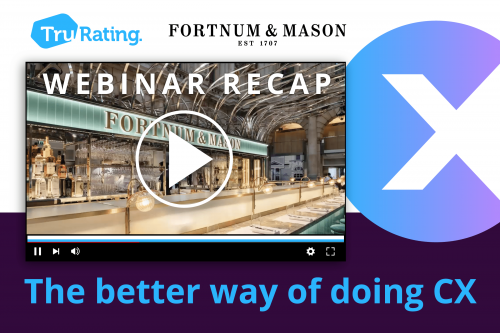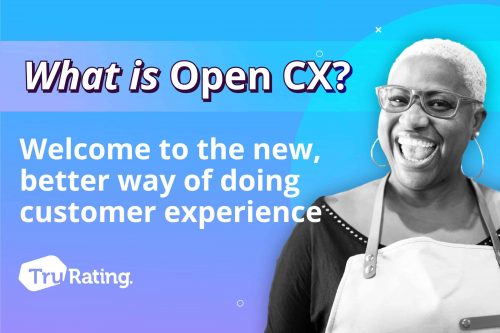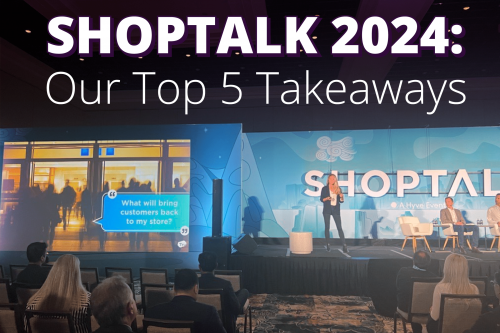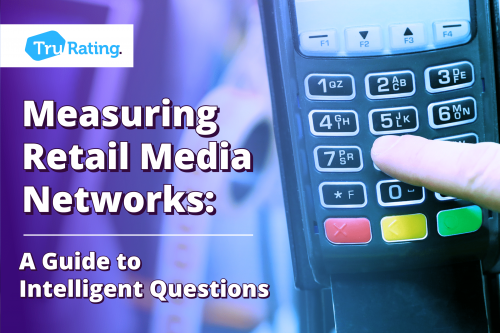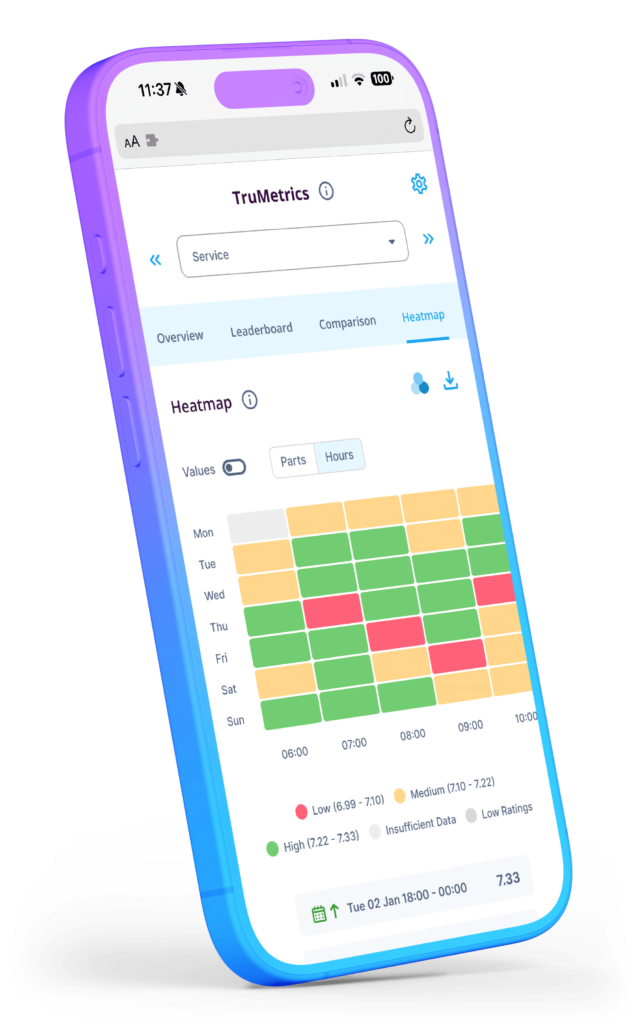Last week, we looked at how customer experience programs are failing the needs of modern retail. Today we’ll look at how a new generation of customer analytics is changing this. But first a quick recap.
Modern CX falls down for four key reasons:
- No connection to revenue – CX programs show no link to what the C-Suite really cares about: revenue; costs; profit.
- Slow – does not support rapid innovation at a store level, a requirement for modern retail.
- Reactive – looks back to try to find problems, rather than attempting to stop them before they occur.
- Not actionable – low response rates and poor visibility into store level performance
Before we move ahead and solution, it’s important to understand the role of two important factors. Response rates and key driver analysis.
The Feedback Gap
Traditionally retailers have focused on surveys delivered via email, receipts or SMS. These have seen a steady decline in participation over the years. Time poor consumers are no longer willing to answer a long set of questions for a cheap reward. Ironically, ‘Customer Satisfaction’ surveys have become synonymous with bad customer experience.
The result? Low response rates. When customers do fill in a survey, it tends to reflect an extreme experience, good or bad. This is painful for operations teams. It leaves them blind to the majority of customer interactions and as a result, exposed.
Improvement at the store level, requires a constant flow of feedback. Literally. Store managers need to understand service variables across the day. The week. The month. They need to see how they impact sales. They need to be able to measure the impact of corrective measurements – in real time.
Next Generation Customer Analytics
Many customer experience or analytics programs force a reactive mindset. They are based in quarterly measurement. The focus is on customer complaints. Success measured in terms of resolution times. We believe that the focus should be on speed to insight and simplicity. The modern retail environment demands precision and agility. You need to be one step ahead of the customer at all times.
If you are able to consistently meet and exceed your customers expectations, you will see growth. Excellence doesn’t have to be revolutionary. As Customer Experience guru Shep Hyken states, “The key to being recognised is to be 10% better than average all of the time.”
Which result would you prefer to take back to your executive team – a 0.75% lift in store sales, or a 4-point lift in NPS?
Case Study: Measuring CX in Real-Time
We worked with one of our retailers to set up a simple test for a company wide KPI. We setup a question to be asked at checkout using the payment terminal, “Were you offered assistance with a fitting room today?”
In three weeks, we discovered that customers who responded Yes spent 24% more than those who said No. Being offered a fitting room turned out be the #1 key driver of customer spend.
By measuring this KPI across every store, we were able to see a 60% variant in execution across their 600 store estate. This represented over $54 million in lost sales over 12 months. Our client knew that the fitting process was important, but they had never had a way to measure execution precisely.
We gave them a way to action this for the first time and and to measure the impact on revenue as a result.
Creating a Recipe for CX Success
Breaking down the example above, next generation customer analytics can be defined by three simple factors.
- Simplicity
The secret sauce of next generation analytics. By making feedback easy – one question asked during the payment process – we achieved a response rate of 83% for our client. This gave enough data to accurately measure performance at a store level for the first time.
- Visibility
By collecting at payment, we are able to track the relationship between customer spend and sentiment in real-time. This is important for two key reasons.
- Sentiment to spend – retailers can immediately see the key drivers of sales – beyond ‘satisfaction’ or ‘likelihood to recommend’ – and how they impact spend.
- Compliance – when your staff can see the impact of their actions in terms of revenue, it’s much easier to drive positive behaviours.
- Speed to Insight
The volume of data reveals patterns and trends in customer behaviour at a much greater speed, which means that you get:
- Actionable Data – for the first time operations teams can see gaps in execution at a store level and understand the financial impact.
- Granularity – an accurate view into store behaviour at a location level allows you to test, learn and evolve in real time.
Next Gen Customer Analytics: a compliment to your existing programs
The next generation of customer analytics are focused on execution. They provide store teams with the tools to drive change at a store level and transform customer experience from an abstract notion to a concrete reality.
Data that provides a view of the customer experience at the store level is truly indispensable. No longer a nice to have, but a tool that can transform your company’s results.
It does not mean that you have to get rid of your existing programs. Next generation analytics instead provide an extra layer of depth. They help you get to the ‘why behind the what’.
If you are looking for way to integrate your customer data into your everyday processes – I’d love to talk with you more. At the bare minimum, keep an open mind. Innovation is the key to success. Now more than ever.
________
Sam McKeveny is the head of enterprise sales for TruRating North America. If you’d like to get in touch with Sam directly, drop him an email at [email protected] or connect with him on LinkedIn.





